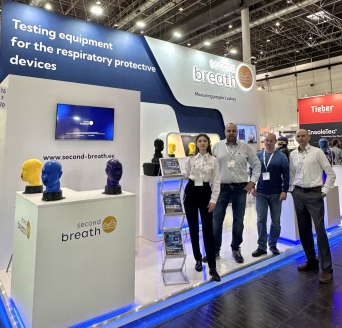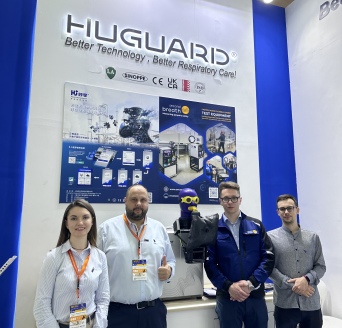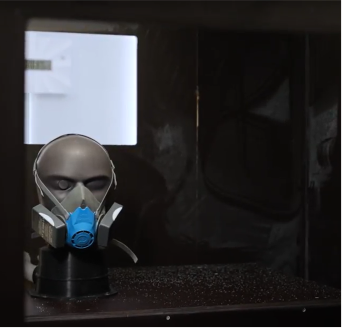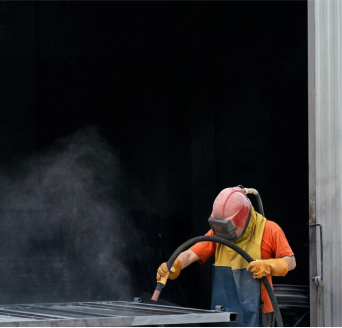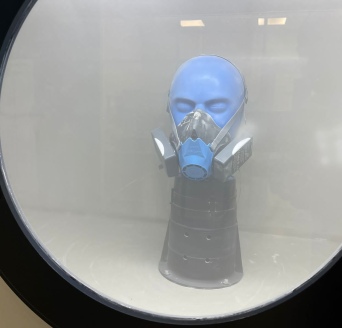PAPRs testing procedure
Powered air respirators (PAPRs) for respiratory protection against solid dust particles are often used by workers in the construction, mining and manufacturing industries.
If manufacturers of this type of RPE sell their products in the United States, then it must be certified in accordance with the RCT-APR-0025-508 NIOSH standard procedure. It describes the procedure for testing a respirator's HEPA filter to determine its protective ability, and in this article, we will give an overview of testing PAPRs to control their quality.
The PAPRs test is to evaluate the filter's resistance to silica dust. To do this, the breathing of a person wearing a respirator in a dusty environment is simulated.

Testing equipment for PAPRs
The test is carried out using special comprehensive testing equipment, which consists of:
- a breathing machine;
- a dust generator;
- a marine laminated plywood dust chamber with anthropometric dummy human head.
The test equipment complex also includes various cleaning, measuring, analytical systems, ventilation systems, etc.

PAPRs Test Process
During the test, the respirator being tested is placed in the chamber on a dummy head.

On a breathing machine, an absolute filter is installed in the inhalation line, which captures how much dust has passed through the HEPA filter being tested.

The filter under test is exposed to silica dust in a test chamber for 4 hours at 20-80% relative humidity and an air flow rate of 115 L/min for tight-fitting face masks and at least 170 L/min for non-fitting hoods and helmets.

The standard establishes special requirements for dust content in the test chamber. In such a suspension, the concentration should be no less than 50 and no more than 60 mg of silicon (99+ percent free silica) per 1 m3 of air and the dust should be distributed throughout the chamber with a density of 0.4 to 0.6 microns.
During the test, the breathing machine simulates human breathing with a frequency of 24 respirations per minute and a volume of 40 liters.
After 4 hours of testing, the absolute filter is weighed on a regulated scale to determine the mass (g) of added dust, i.e. total amount of leakage.
If it does not exceed 14.4 mg of silica dust for PARRs with a tight-fitting face mask and 21.3 mg with a non-fitting hood or helmet, then the RPE tested is considered dust-resistant, meets NIOSH requirements, and can be safe for use by workers for 8- hour shifts in a dusty atmosphere.

In our catalog you will find test equipment for PAPRs - Silica Dust.
If you are a developer of RPE, then with the help of Silica Dust test equipment you will be able to conduct tests at all stages of PAPRs development and make the necessary changes, enter the certification process and be confident of its successful completion.
The use of testing equipment based on your own laboratory means a reduction in time and costs for obtaining a certificate of conformity and entering the market.

Find out more about the product in this article and in our brochure and video.
Sign up for our newsletter to learn more about RPE trials.


